Hello! How’s it going during Golden Week? You may be spending your time in various ways such as shopping and sightseeing. Some of the sights are historical buildings made of bricks. In this article, we introduce about production of bricks by Tatsuuma-Honke Sake Brewery, which we have introduced briefly before.
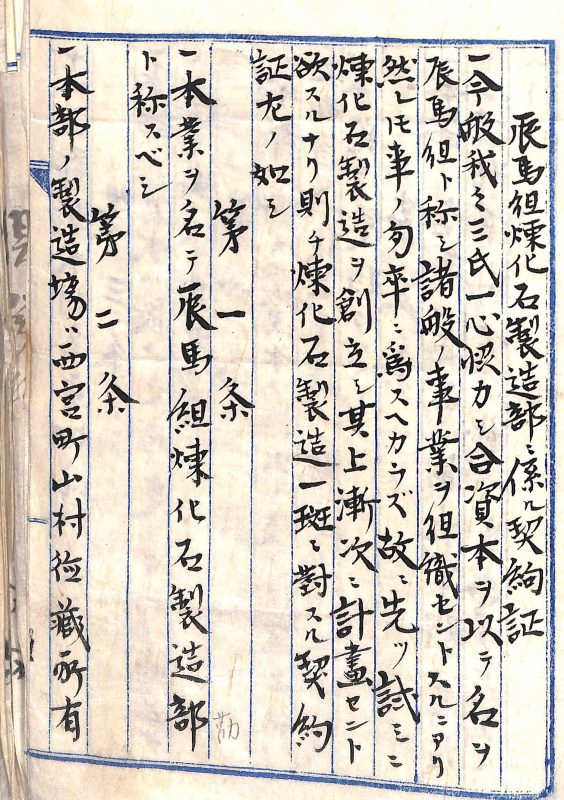
In 1888, Tatsuuma Kichizaemon of the Tatsuuma-Honke Sake Brewery, Tatsuuma Etsuzō of the Hakutaka Sake Brewery and Tatsuuma Han’emon, a sake brewer in Naruo, established the Tatsuuma-gumi Brick Manufacturing Division and built a brick factory in Koshimizu Village, located north of Nishinomiya Town. Not only the demand for bricks as a building material for sake breweries increased at that time, but they were also expected to be used as materials of Western-style architectures and on railroads.
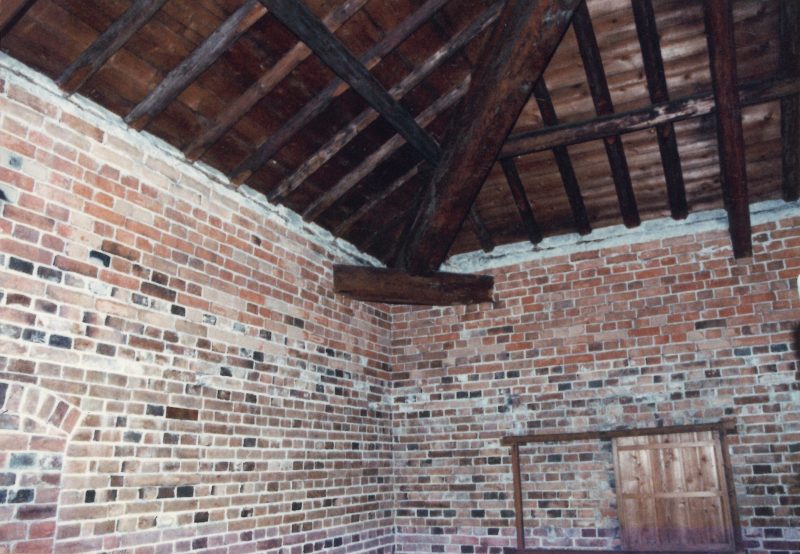
In a previous article, we introduced sake brewery of Tatsuuma-Honke used many bricks manufactured in Sakai and Kishiwada region, Osaka. This is related to the fact that the area has been active in brick production since the early Meiji period (1868-1912). Tatsuuma-gumi Brick Manufacturing Division also hired craftsmen who were from Sakai and Kishiwada and have brick manufacturing skills.
Then, where were the bricks manufactured by Tatsuuma-gumi used in? The largest number of shipments were to sake breweries owned by Kichizaemon, Etsuzō, and Han’emon, but historical records in 1890 show that shipments to San’yō Railway Company, Naigai Textile Company (Osaka), Amagasaki Spinning Company, Settsu Spinning Company, etc., and the business situation gradually improved as the company was able to meet the demand for bricks anticipated at the time of establishment.

Let’s see about the bricks manufactured at that time. Until 1925, when the Japanese Engineering Standards (JES), the predecessor of the Japanese Industrial Standards (JIS), set the size of bricks at 210 x 100 x 60 mm, 5 major types of bricks were manufactured around Japan. They were Tokyo type (227 x 109 x 60.6 mm), Normal type (224×106×53 mm), San’yō type (227×107×70 mm), New San’yō type (218×105×52 mm) and Sagyōkyoku type (227×109×56 mm). According to the production and sales records of the Tatsuuma-gumi, it seems that they mainly produced the Normal type, but also produced some Tokyo and San’yō types.
The business became profitable from 1893, but discontinued operations in 1897 after digging up all the high-quality clay. So far, we have introduced the story of sake brewers in Nishinomiya who foresaw the demand for bricks and embarked on their production. In the next issue, we will continue to introduce match production by the Tatsuuma family as an example of diversification of a sake brewer’s business. We look forward to seeing you at the Sake Museum during the Golden Week holidays!


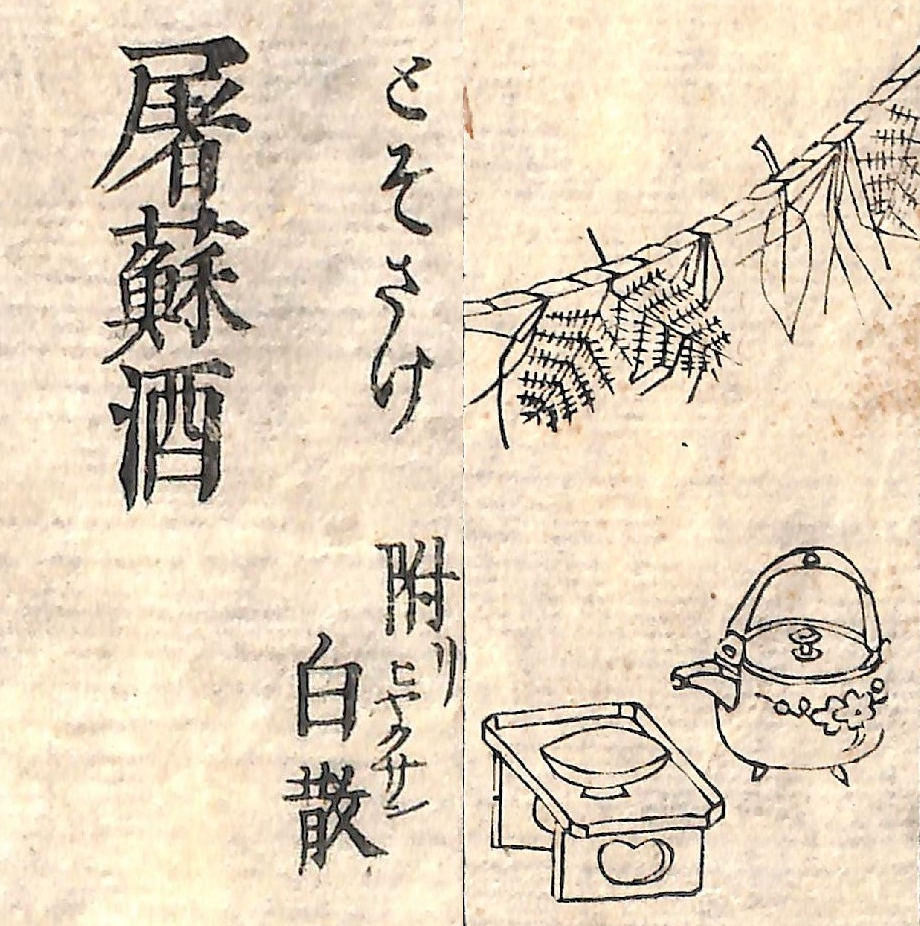
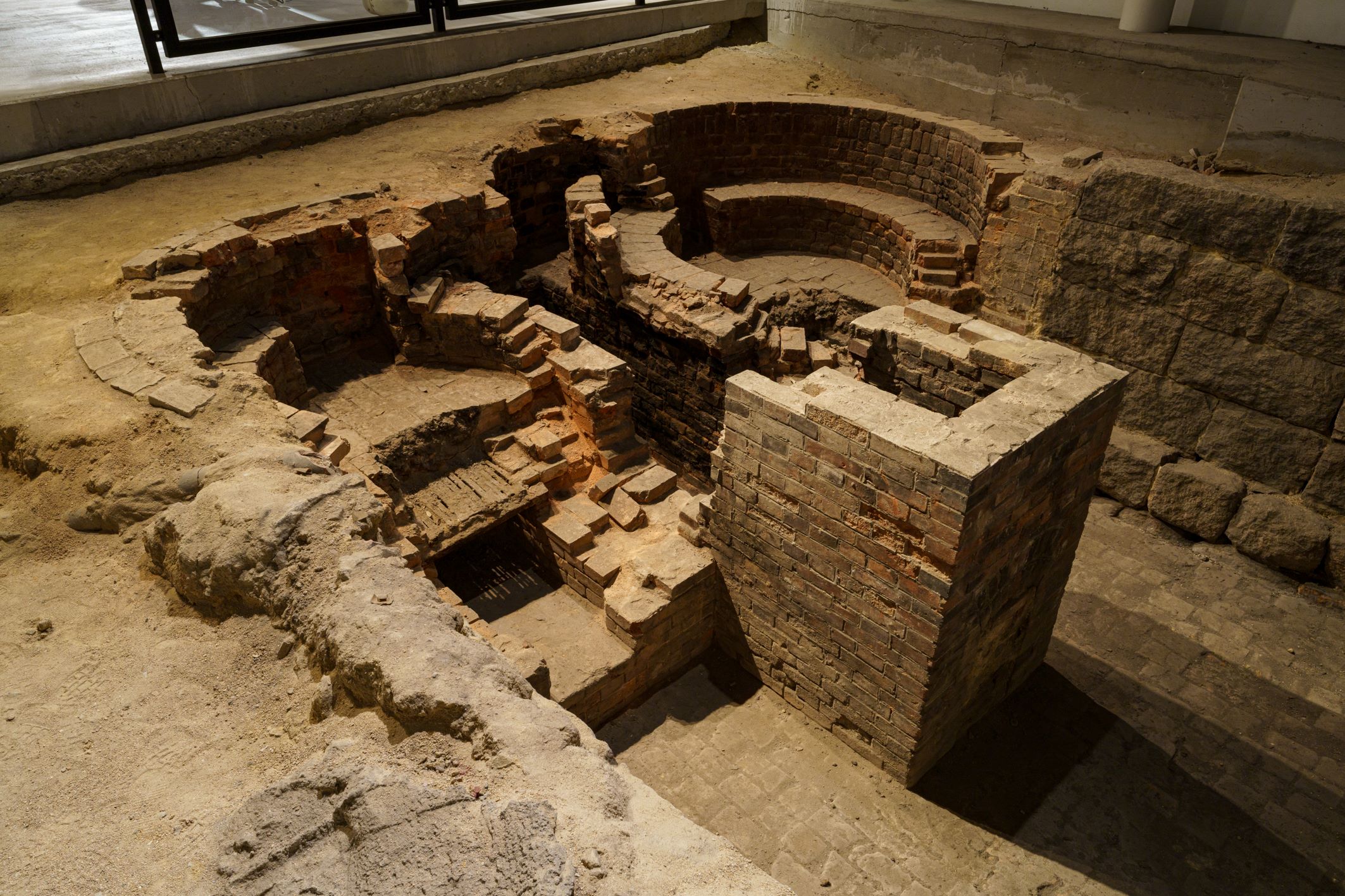
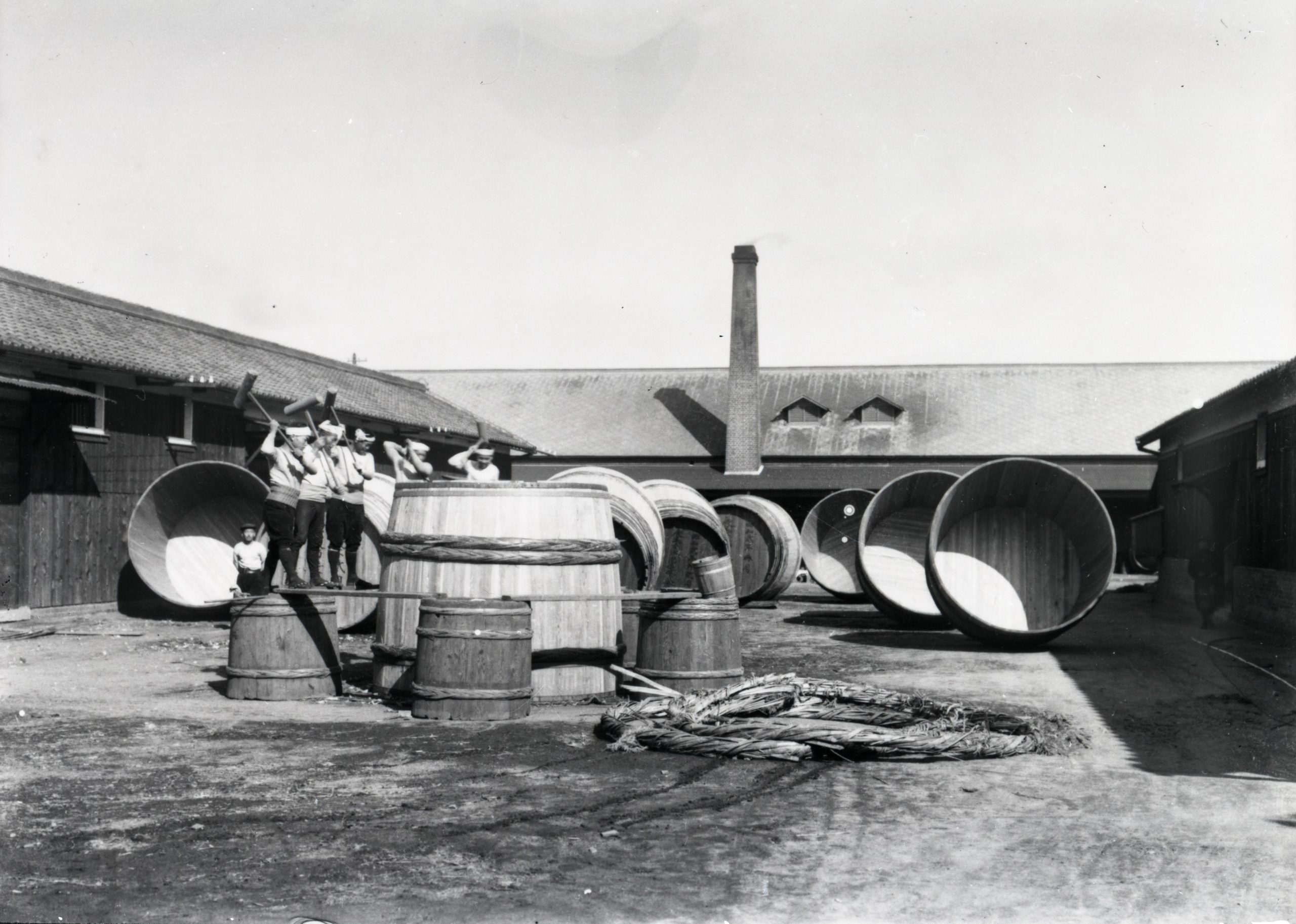


There are many ways to enjoy sake in every season!